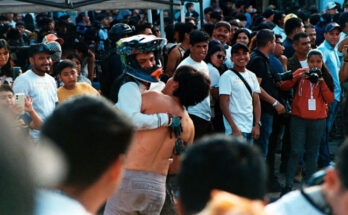A great app can fall flat in a new market for one simple reason — people don’t feel it truly understands them. The right application localization service helps change that, turning a single-language product into something that feels personal, familiar, and made for the people using it.
Language is more than just words — it carries people’s culture, humor, and emotion. What feels exciting or clever in one country might sound confusing or dull in another. For brands hoping to connect with new audiences, adapting to local expectations isn’t just thoughtful — it’s smart business.
Why Localization Matters More Than Translation
Many developers still think translation is enough. But true localization means reshaping your entire app — visuals, tone, layout, and even payment methods — to match local habits. It’s about making users forget the app was ever built somewhere else.
When done properly, localization improves trust, usability, and conversion rates. Users engage longer when an app feels familiar, and they’re more likely to pay when pricing and content align with local norms.
Here are the key areas where localization makes the biggest impact:
- language adaptation — rewriting text so it feels natural in local dialects rather than literally translated;
- visual alignment — adjusting images, colors, and symbols to reflect regional preferences and sensitivities;
- cultural tone — adapting jokes, idioms, and marketing messages so they make sense to each audience;
- technical compatibility — ensuring local date formats, currency, and characters display correctly;
- market compliance — meeting regional legal or privacy requirements to avoid rejection or penalties.
Each detail sends a message: “We see you, we understand you.” When people sense that care, they respond with loyalty. Apps that invest in thoughtful localization don’t just attract more users — they build communities that last.
RadASO has helped global brands navigate exactly this challenge. By pairing creative copy with technical precision, their team ensures every localized version feels authentic while staying true to the brand’s identity.
Building for Every Market From the Start
The smartest developers don’t wait to localize after launch — they design for flexibility from day one. Preparing early makes expansion faster, cheaper, and more consistent. It allows teams to add languages, regions, or currencies without breaking design or user flow.
When planning global growth, think of localization as part of product design, not a last-minute fix. It shapes everything from text length to color choice, and even determines how you collect user feedback in different regions.
Here’s how forward-thinking teams plan for smooth international rollout:
- create adaptable layouts — design interfaces that handle longer text or right-to-left scripts gracefully;
- build flexible code — separate content files so language updates don’t require redesigning the app;
- test locally — involve native speakers to catch cultural missteps before release;
- analyze data by region — measure behavior patterns to refine each market’s experience.
These habits keep global expansion steady and stress-free. Instead of reacting to problems later, you’re anticipating them — and saving time, money, and reputation in the process.
Conclusion
Localization is the difference between being downloaded and being loved. It shows users that an app wasn’t just made for them, but was made with them in mind. Every detail — from copy to color — shapes how people feel about your brand.
Working with experts like RadASO ensures that your message travels as clearly as your technology. Their expertise helps transform global ambitions into local connections, giving apps the voice and personality they need to thrive anywhere in the world.
In an industry where first impressions are measured in seconds, speaking your user’s language — literally and culturally — is what turns a good app into a global success.










